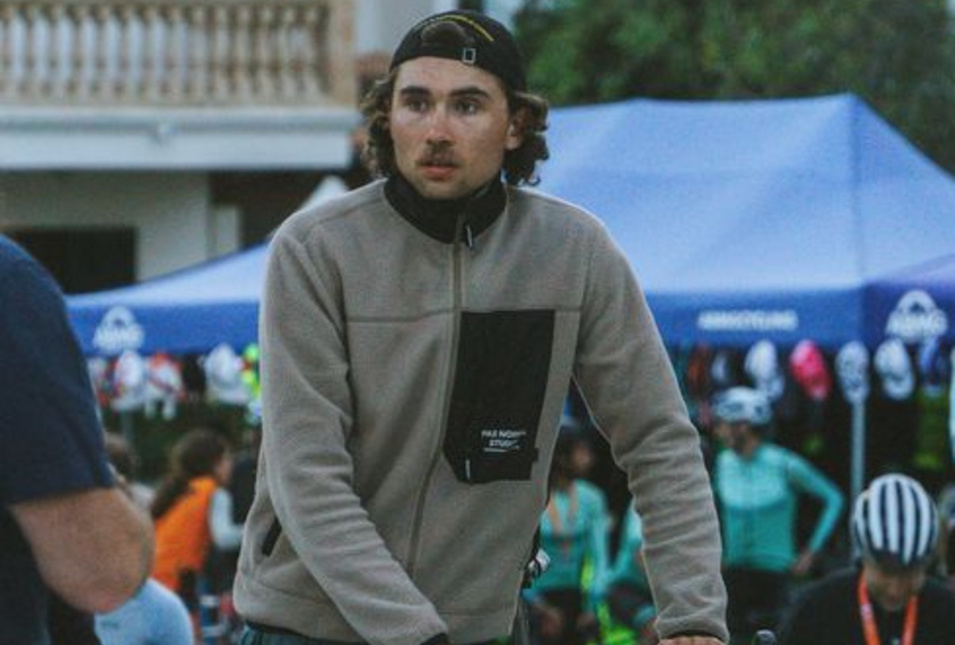Anton Albrecht is a coffee addict. He spends so much time cycling that he can’t eat chocolate. He's also the athletic director of the European Peace Ride, the new version of the International Peace Ride initiated as a European Capital of Culture project. Albrecht is 25 years old, and cycling is his passion. He spends most of the day on or around bikes, whether that means competing against the big names in his sport, such as Alberto Contador and Ivan Basso, working on his seven (or more) bikes, or pedaling up to 20 hours a week just for training purposes.
Anton, cycling is like the elixir of life for you. How many hours a day would you say you don’t think about biking?
Right now, there aren’t many hours of the day when I don’t, actually. The European Peace Ride is keeping me busy around the clock these days, but that’s fine by me. It’s been a passion project from the start, not just a focus of my professional activity.
How many kilometers do you ride in an average week?
It depends whether I’m competing that weekend. But on average, it’s about 400 to 600 kilometers a week. Cycling can really be addictive. I don’t ride for anything less than two hours these days, for example. Part of the reason is that you never get off a bike in a worse mood than when you got on.
Do you view Saxony as a good place for cycling?
Definitely! Dresden is a major spot for ultra-long-distance riders, for example. Leipzig has its own specific bubbles, like a fixie scene and a messenger scene, and both Leipzig and Chemnitz have Olympic training centers with cycling departments.
Plus, Chemnitz has a really active cycling scene, although it is mainly centered around specific clubs. Chemnitz is also a hot spot for mountain bikers. It is home to the annual Heavy24 event, one of Europe’s biggest 24-hour races. It draws the mountain biking elite from all over Europe, and I think it’s just the best mountain bike race of all. The Ore Mountains host the Stoneman Miriquidi and the Ore Mountains Bike Marathon, which has over 1,000 participants and is also known as the oldest mountain bike marathon in Germany. Basically, there are countless cycling events all year round. So you can definitely say Saxony is a great place for cycling, whether as a hobby or competitively.
Do you have a favorite route in Saxony?
My favorite right now is the Chemnitz Valley. There’s not much traffic, there’s a lot of variety, and you're surrounded by nature most of the time. When it comes to traffic and sharing the road, things can be tricky. Saxony does have some work to do there. There are some really nice roads in Saxony that are hard to bike because drivers aren’t considerate, respectful, or attentive enough to make it safe for cyclists. But I've been seeing a shift in people’s mindsets there, too.
Back to the European Capital of Culture and Chemnitz 2025, which is also highlighting cycling. Why is that? What’s the source of the special connection between the Capital of Culture and cycling, or the culture of cycling in Saxony?
Culture is what happens when people can come together openly. It has to be freely accessible and offer people added value. That's exactly what you hear about cycling in Chemnitz right now. The European Peace Ride is a prime example. Anyone is welcome to participate. The only requirement is that they need to be able to complete the course, which is 430 kilometers long and involves 5,000 meters of altitude gain. The ride isn’t about competition. It’s about coming together to ride, talk, and have a wonderful experience as a group. There will be a lot of cultur

